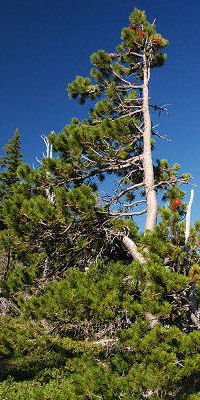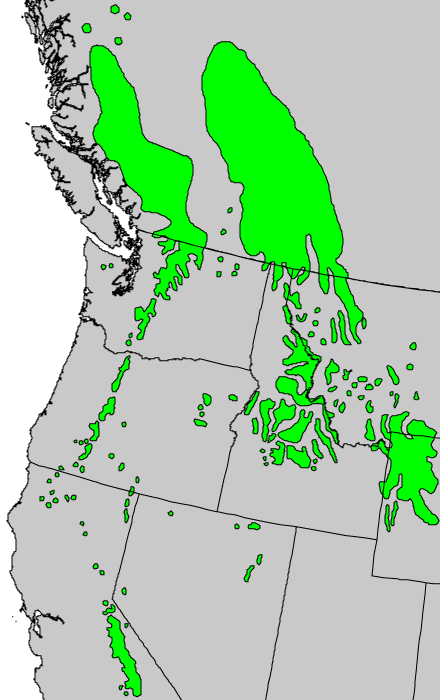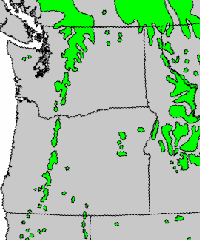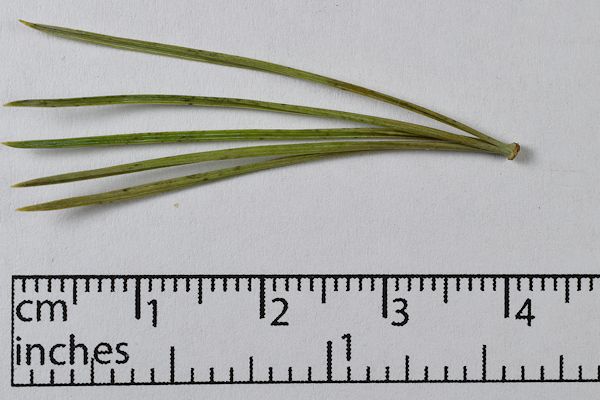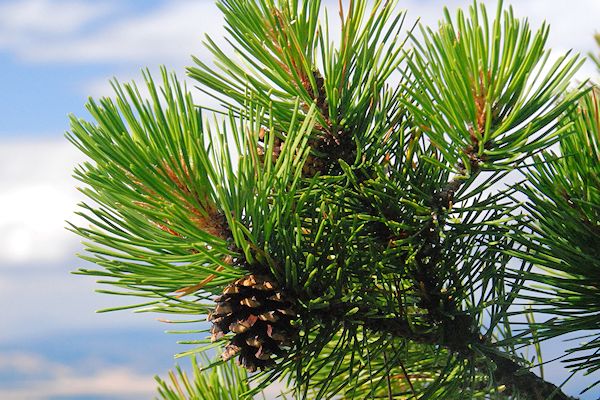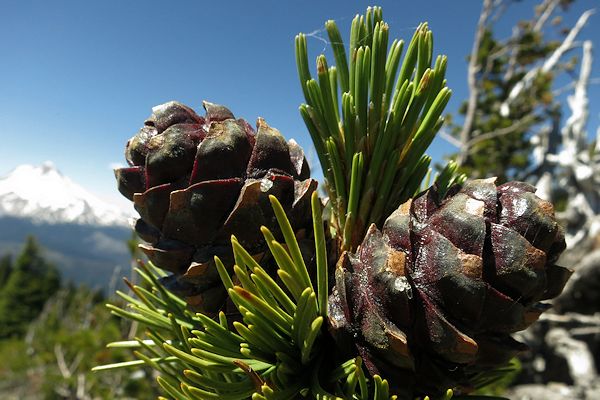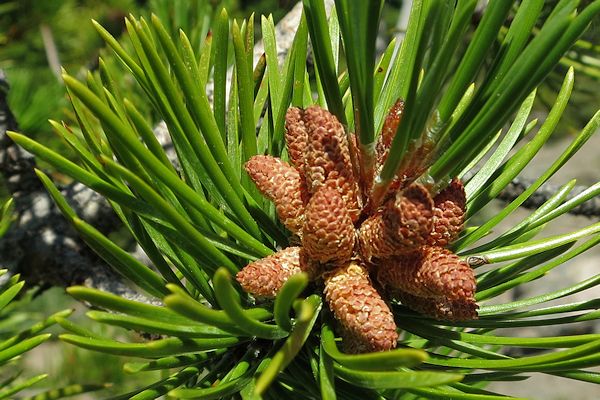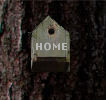 |
Northwest Conifers |
AboutAll ConifersConifersLow-elevationHigh-elevationOthersEast SideSouthwestNon-natives——————Conifer ConesIndexMore Info |
Whitebark Pine
– Pinus
albicaulis
|
|
|
Whitebark pine is most often seen near the timberline, where its growth is attenuated by the harsh conditions there. However, when given a chance, it can grow to 60 feet (18 meters). Needles: Whitebark pine has 5 needles per bundle, like western white pine, but western white pine needles are longer and thinner, and have a bluish color. Cones: The cones are only 2 to 3 inches long. They are purple, turning brown as they mature. The cones remain on the tree and do not open when they dry. But birds, most notably Clark's nutcracker, easily pull apart the cones to get the seeds, so only cone fragments are found on the ground. Bark: The bark is light gray, and the twigs are flexible like rope. On larger trees it becomes scaly. Where it grows: Whitebark pine grows near the timberline in the Cascades, often along windy ridges. Elsewhere in Oregon, it grows in the mountains near Baker City. It also grows throughout the Rocky Mountains. Similar tree: Limber pine is a similar 5-needle pine, common in the Rocky Mountains. It also grows in the Wallowa Mountains of Oregon. Limber pine cones are a larger 3-7 inches. If you find large, whole cones on the ground, they are limber pine cones. Uses: Whitebark pine produces the largest seeds of all the conifers of the Northwest. These seeds, often called "pine nuts," are edible. They are a vital food source for Clark's nutcrackers, which in turn are vital to seed dispersal for whitebark pine. Nutcrackers cache the seeds in the ground, and some of the seeds sprout there. The two are so dependent on one another, if you see one of them the other is likely to be close by. Names: The common and scientific names describe the whitebark pine. Albicaulis means "white stemmed." To remember the name, think of it as the "albino-bark pine." Other common names: pitch pine, scrub pine, and creeping pine. John Muir called it "dwarf pine." |
Pollen cones |
© 2011 Ken Denniston

